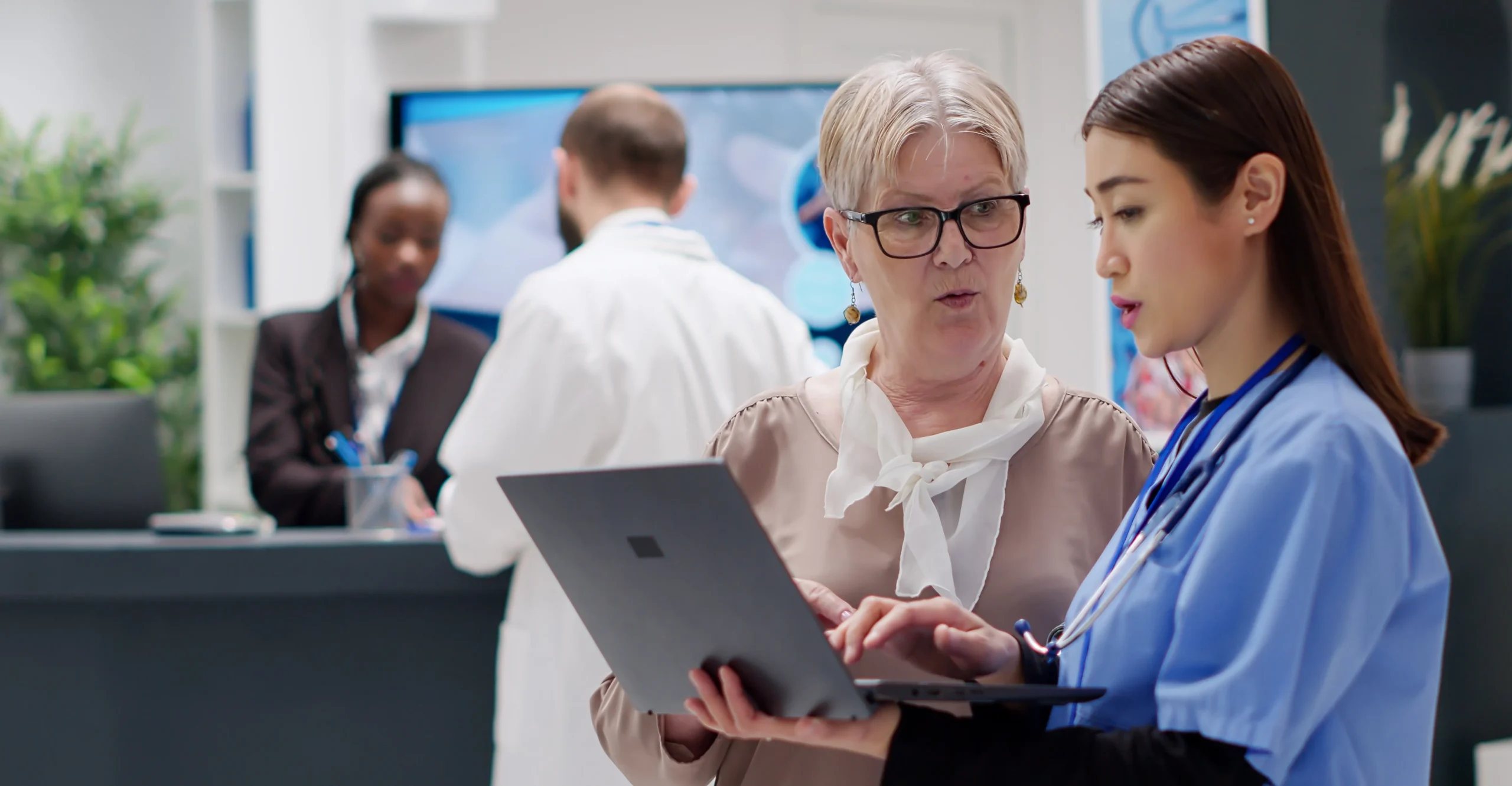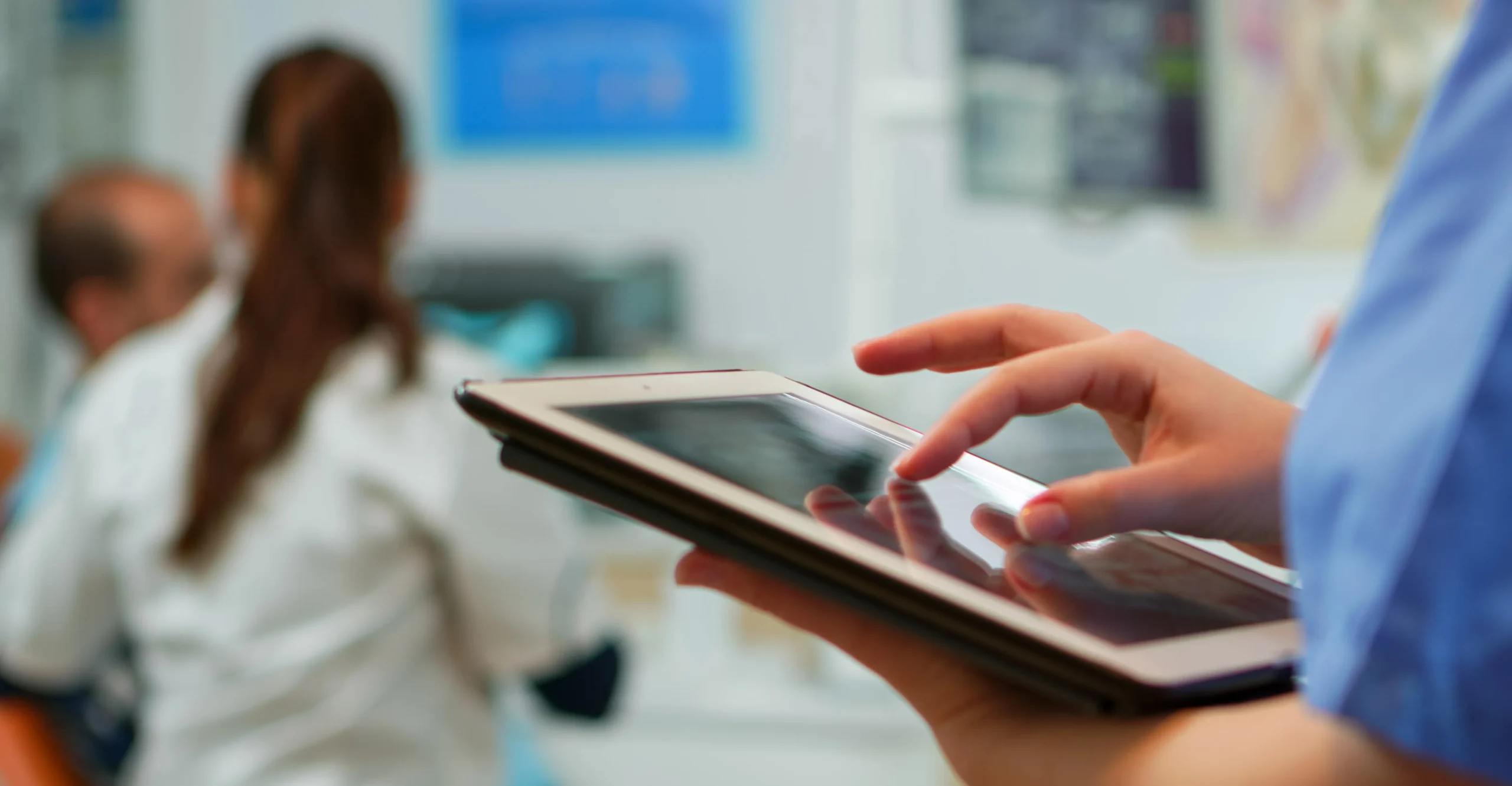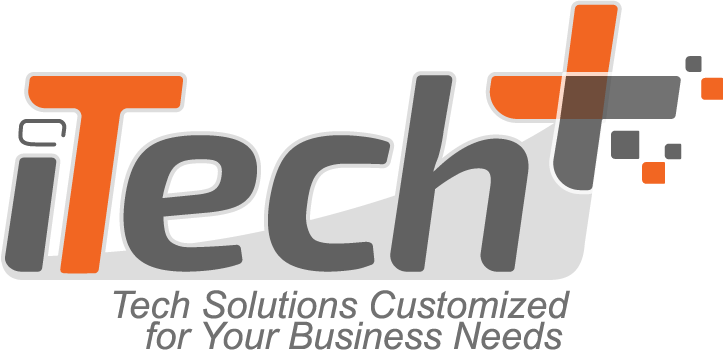Healthcare Cybersecurity: Top 10 Tips to Protect Patient Data
Top 10 Cybersecurity Tips
In today’s digital age, the healthcare industry faces unique cybersecurity challenges.Protecting sensitive patient data is paramount, and implementing strong cybersecurity measures is essential.
Here are the top 10 tips to enhance cybersecurity in healthcare settings:
Establish a Proactive Cybersecurity Culture in Healthcare
Establish a Security Culture
Creating a security-first mindset within your healthcare practice is crucial. The weakest link is often the user, so frequent training and awareness initiatives are vital. Encourage employees to adopt secure practices as a core value, similar to sanitary medical practices.
02
03
Protect Mobile Devices
Mobile devices like laptops and smartphones enable flexible work but also introduce security risks. Implement strong authentication, use encryption, and establish clear guidelines on mobile device usage to protect electronic Health Records (EHRs) from unauthorized access.
03
02
Maintain Good Computer Habits
Just as healthy habits prevent diseases, proper computer habits ensure the integrity of IT systems. Configure your systems carefully, uninstall non-essential software, and regularly update both the software and the operating system to patch vulnerabilities.
04
Use a Firewall
Firewalls act as a barrier against external threats, making them indispensable for practices connected to the internet. Implement either hardware or software firewalls to monitor and control incoming and outgoing network traffic based on security rules.
05
Install and Maintain Anti-Virus Software
Attackers often use viruses to exploit vulnerabilities. Keep anti-virus software updated to protect against new threats, and educate staff on recognizing symptoms of infection, such as unexpected system crashes or unwanted advertisements.
06
07
Plan for the Unexpected
Backup your data routinely and have a comprehensive recovery plan in case of disasters like fires or floods. Consider secure, off-site storage solutions like cloud services to ensure data can be restored quickly during emergencies.
07
06
Control Access to Protected Health Information
Implement access controls so only authorized personnel can view sensitive data. Use role-based access management, and maintain logs to trace access and detect any unauthorized usage.
08
09
Use Strong Passwords and Change Them Regularly
Passwords are your first line of defense. Create robust, complex passwords and mandate regular changes. Consider implementing multi-factor authentication for enhanced security.
09
08
Limit Network Access
Be cautious with network exposures, especially through wireless routers and peer-to-peer applications. Secure wireless networks with encryption, and prohibit unvetted devices from accessing your network.
10
Control Physical Access
Protect your devices from physical threats. Implement measures like locked rooms and restricted keys to secure EHR systems from theft or tampering. Consider both physical barriers and environmental protections for servers.


© 2025. All rights reserved
